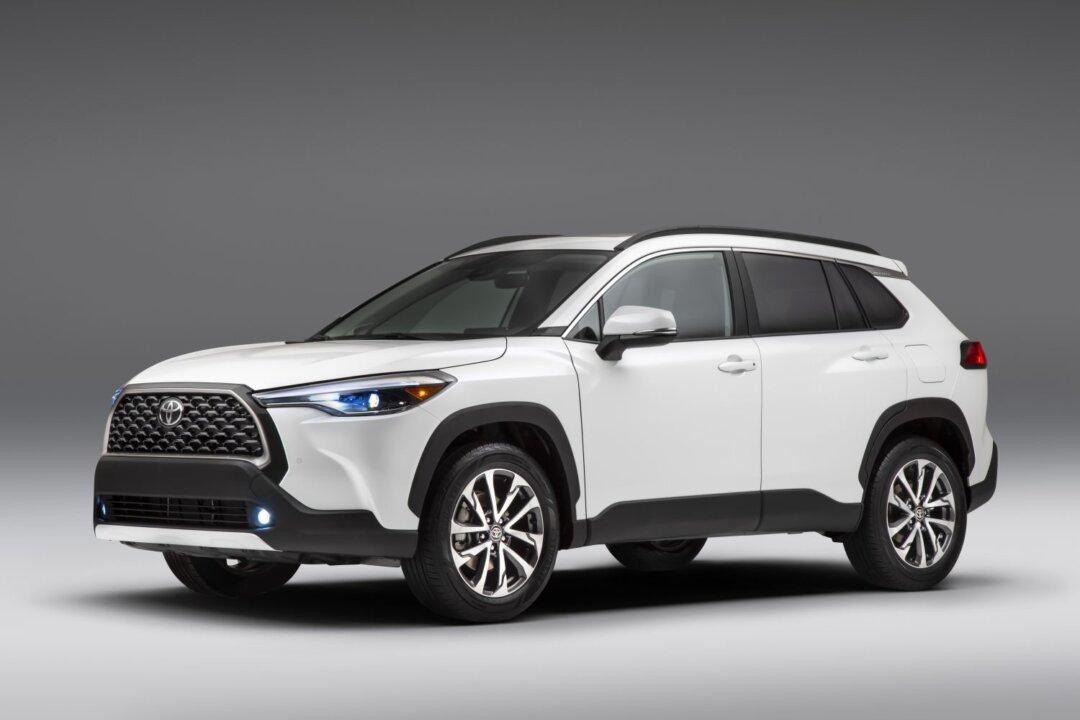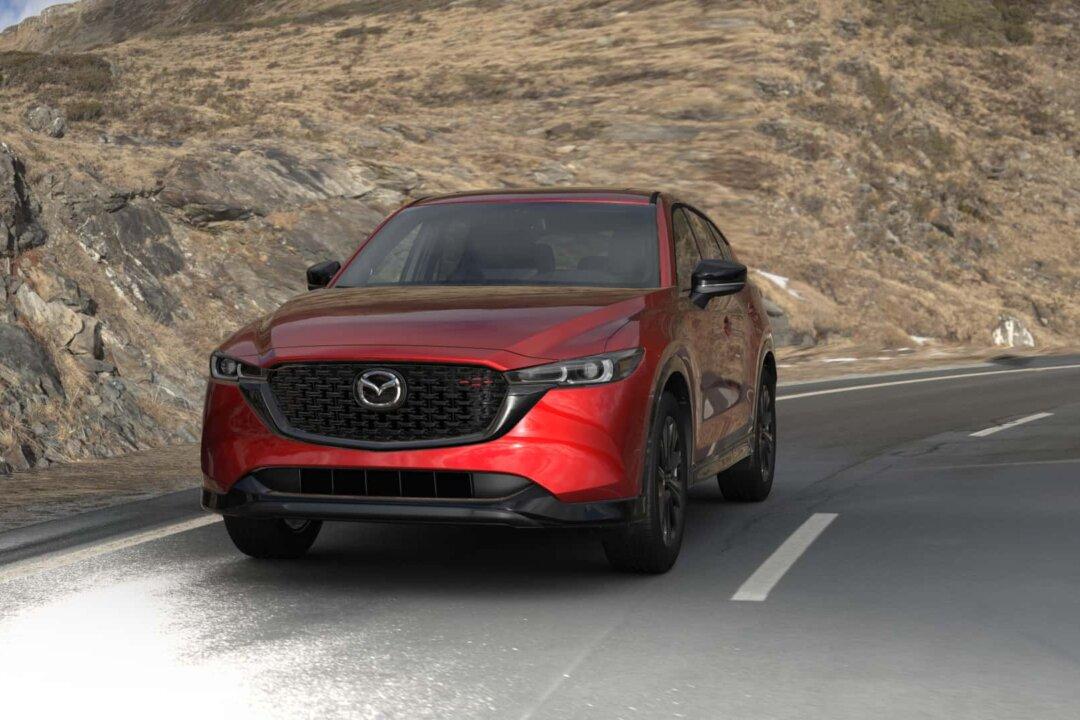The 2017 Hyundai Ioniq will be the first dedicated vehicle platform with three electrified low- and zero-emission powertrain choices.
The gas-electric hybrid variant of the Ioniq has arrived in showrooms, while the fully electric model is slated for sometime this spring and the plug-in hybrid model this fall.
The Ioniq Hybrid is positioned to be the most efficient gasoline vehicle and the Ioniq Electric the most efficient electric vehicle in the U.S. market.
Ioniq is sleek, aerodynamic, and formed from carefully derived surfaces.




